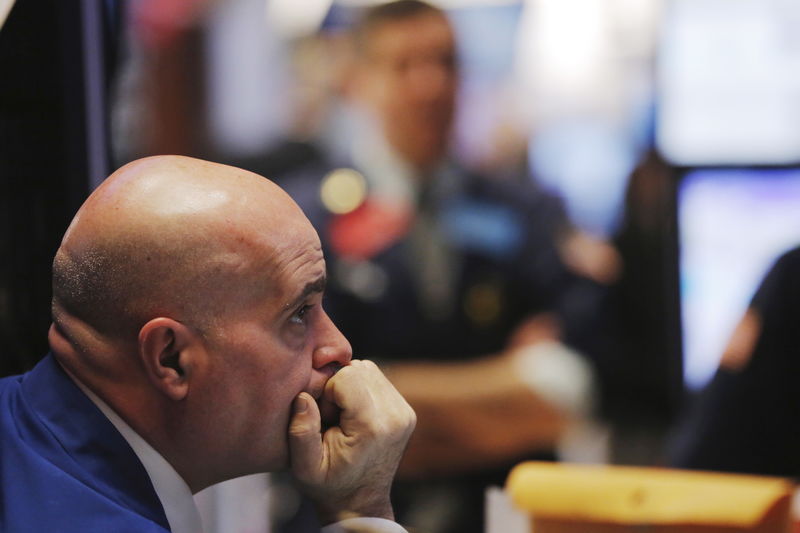In a recent transaction on September 18, Max Alan Reichenthal, a director at Friedman Industries Incorporated (NYSEAMERICAN:FRD), purchased 2,000 shares of company stock, totaling $28,000. The common stock was acquired at a price of $14.00 per share, according to a Form 4 filing with the Securities and Exchange Commission.
This recent purchase by Reichenthal has increased his direct ownership in the company to 30,761 shares. The acquisition signifies a vote of confidence in the long-term value of Friedman Industries, a company known for its role in the steel works, blast furnaces, and rolling and finishing mills industry.
Investors often monitor insider transactions as they can provide insights into the company’s performance and management’s view of the company’s prospects. The transaction details, including the number of shares bought and the price paid, offer a glimpse into the insider’s perspective on the stock’s valuation.
Friedman Industries has been a mainstay in the steel industry, with a history that dates back to its incorporation in Texas. The company’s shares are traded on the NYSE American exchange, allowing investors to participate in the company’s performance.
The Form 4 filing provides transparency into the transactions of company insiders, ensuring that shareholders and potential investors have access to critical information regarding the movements of company stock by its directors and executives.
In other recent news, Friedman Industries has disclosed a cash dividend of $0.04 per share, following the company’s tradition of quarterly cash dividends since its public offering in 1972. This payout, marking the 211th consecutive instance, is set to be distributed on November 15, 2024, to shareholders registered as of October 25, 2024. The company’s Board of Directors, who review the dividend policy on a quarterly basis, aims to preserve a steady dividend that may potentially increase as financial conditions and operations permit. However, it’s important to note that despite Friedman Industries’ consistent history of distributing dividends, there’s no guarantee for future dividends as they are subject to the Board’s discretion. These recent developments reflect the company’s ongoing commitment to its dividend policy, considering its financial health, operating results, cash needs, and growth plans.
InvestingPro Insights
As Friedman Industries Incorporated (NYSEAMERICAN:FRD) continues to navigate the steel industry, recent data from InvestingPro indicates some areas of concern alongside notable achievements. The company has experienced a decline in revenue, with a reported revenue of $493.5 million over the last twelve months as of Q1 2025, which represents a decrease of 5.65% when compared to the prior period. Additionally, the quarterly revenue growth for Q1 2025 was down by 16.57%, reflecting potential challenges in the market or operational headwinds.
Despite these revenue challenges, the company has maintained a commitment to shareholder returns, having upheld dividend payments for an impressive 52 consecutive years. This consistency is underscored by a dividend yield of 1.16% as of the end of the previous year. Investors might also find solace in the company’s liquidity position, as Friedman Industries’ liquid assets surpass its short-term obligations, suggesting financial stability in meeting its immediate liabilities.
On the profitability front, InvestingPro Tips highlight that Friedman Industries has been profitable over the last twelve months, and has a strong return over the last five years. These elements could be seen as signs of underlying business resilience and operational efficiency, despite the noted pressure on gross profit margins, which stood at 12.14% over the last twelve months as of Q1 2025.
For investors seeking more comprehensive analysis, InvestingPro offers additional insights on Friedman Industries, including valuation metrics and more detailed financial performance data. There are 6 more InvestingPro Tips available for Friedman Industries, which can be explored to gain a deeper understanding of the company’s financial health and market position.
This article was generated with the support of AI and reviewed by an editor. For more information see our T&C.

